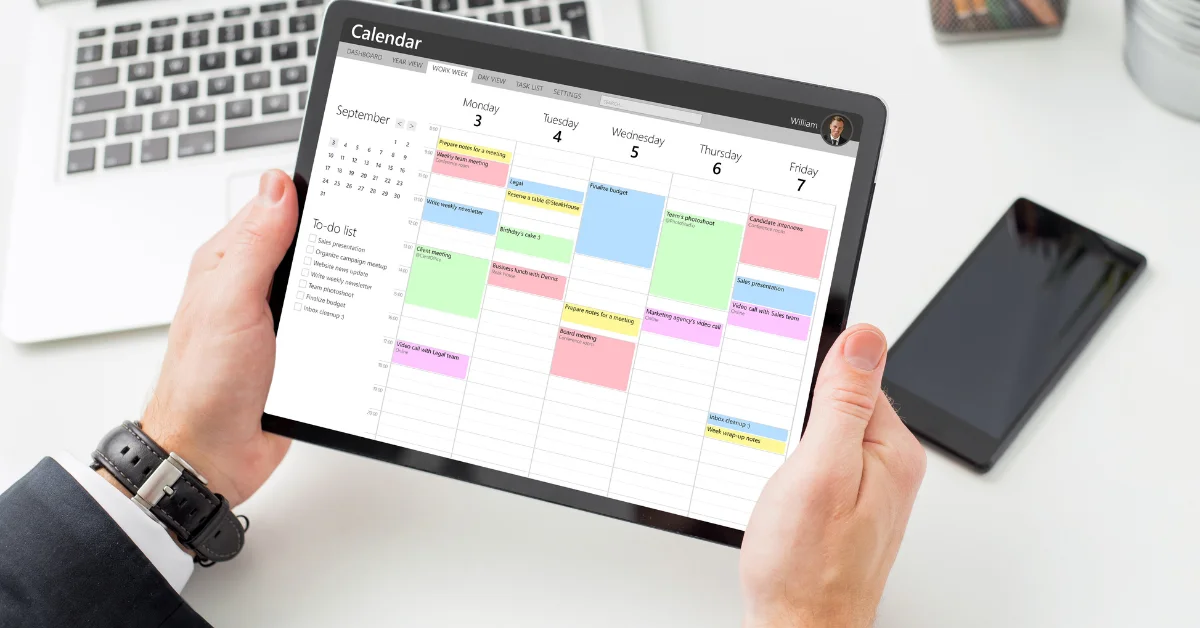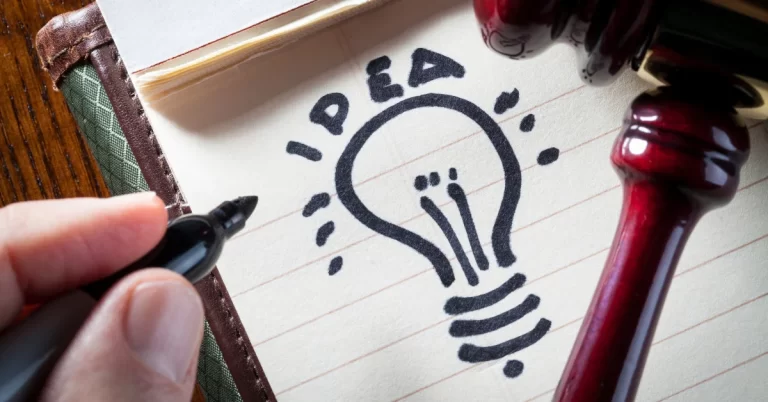A Week in My Life as a Patent Technical Specialist
The conversation usually goes something like this:
“So what do you do?”
“I’m a patent technical specialist.”
[Blank stare]
“So… are you a lawyer?”
“No.”
“But you work at a law firm?”
“Yes.”
“And you write patents?”
“Also yes.”
By this point, I can practically see the mental gears turning as they try to place me in some recognizable professional category. I don’t blame them. My job exists in a peculiar professional interzone—a Venn diagram intersection between engineering, writing, and law that most people don’t even know exists.
So let me pull back the curtain on what a week actually looks like in this strange and surprisingly fulfilling corner of the working world.
Monday: The Deep Dive
My week typically begins with what I’ve come to think of as “intellectual skydiving”—jumping into the technical unknown and trusting that I’ll figure out how to deploy the parachute somewhere on the way down.
Let’s say I’ve been assigned to draft a patent for a new AI-powered medical imaging system. Monday morning, I’ll receive what’s optimistically called a “disclosure”—which might be anything from a meticulously organized technical document to what appears to be hastily scribbled notes from the back of a napkin, now digitized and attached to a hopeful email.
I spend these early hours in detective mode, scanning for two parallel storylines:
First, the technical structure: What exactly is this system? What’s the input and output? What’s the workflow? Where’s the actual innovation hiding?
Second, and often more revealing, the human context: Why did someone build this? What problem kept them up at night? What existing solutions frustrated them enough to create something new?
By noon, I’m on a kickoff call with the inventors, and this is where the real education begins. Here’s the thing about brilliant researchers and engineers: they have a remarkable capacity to make groundbreaking innovations sound utterly mundane.
They’ll casually mention, “Oh, we just implemented a lightweight encoder-decoder architecture with a novel attention mechanism for artifact suppression in low-dose CT scans.”
Just. As if they didn’t spend three years solving a problem that’s stumped the field for a decade.
My most valuable skill in these moments isn’t technical knowledge (though that helps). It’s the ability to interrupt with genuine curiosity and ask, “Could you explain that again—as if I’m five?” And then, more importantly, to keep asking “why” and “how” until the real innovation emerges from beneath the jargon.
Tuesday: Claim Crafting Mode
This is the day I transform nebulous brilliance into structured legal language—a process that feels like trying to capture a lightning bolt in a precise geometric pattern.
Drafting patent claims is the closest legal writing comes to poetry. You need precision, clarity, and scope—all while using no more words than absolutely necessary. Every term carries weight. Every phrase has consequences. A single carelessly placed “comprising” versus “consisting of” can dramatically alter the entire scope of protection.
I typically start with the independent claims—the broadest descriptions of the invention—then build dependent claims that add specificity and fallback positions. It’s a process that’s equal parts technical writing, strategic thinking, and a peculiar form of linguistic chess.
By afternoon, I’m deep in the weeds of editing. Is there antecedent basis for every element? Did “a processor” suddenly become “the processor” before proper introduction? Did I accidentally use two slightly different terms for the same component? These minutiae matter enormously in patent law, and they’ll absolutely haunt your dreams eventually.
Wednesday: The Collaborative Dance
Midweek is when drafts start circulating. I send claim sets to attorneys for review, receive marked-up specifications back, and engage in what we politely call “collaborative editing” (and what sometimes feels more like negotiating a peace treaty between warring factions of grammar and law).
It’s also when I revisit older applications and update them based on examiner feedback. Perhaps an examiner rejected a claim as “obvious in light of prior art.” Time to revise the approach. Or maybe they’ve completely misunderstood a key aspect of the technology. Time to clarify with surgical precision.
What becomes clear quickly in this field is that patent work is rarely a one-and-done proposition. It’s an ongoing conversation with the Patent Office—sometimes spanning years—and my job is to ensure that conversation remains clear, technically accurate, and persuasive.
Thursday: Diving Back Into the Human Element
Thursdays are for follow-up calls and the inevitable “wait, what?” moments that emerge after deep technical immersion.
I check back with inventors to confirm details that weren’t clear in initial discussions. Maybe I need to understand whether their machine learning model actually operates in real-time or just appears to. Perhaps I need clarification on whether a component is physically separate or logically distinct. These distinctions, seemingly minor to the inventors, can have profound legal implications.
Between these calls, I often find myself tumbling down research rabbit holes—reading academic papers on unfamiliar neural network architectures, watching YouTube videos explaining quantum computing principles, or struggling through documentation for emerging programming frameworks.
Yes, I work at a law firm. No, the learning curve never flattens. Yes, that’s precisely why I love it.
Friday: Synthesis and Perspective
By Friday, I’m usually wrapping up drafts, sending summaries to clients, and preparing for the next week’s technical adventures. But I also try to carve out time for broader reflection.
I revisit questions that transcend the immediate drafting concerns:
Is this invention being protected holistically, or are we missing potential applications? Is the language we’re using truly capturing the breakthrough, or just its current implementation? Are we serving this client as thought partners in innovation, or merely as legal technicians?
Because at its core, this work isn’t just transactional—it’s transformational. Helping inventors protect their intellectual contributions isn’t just paperwork; it’s stewardship of human creativity. It matters.
The Luxury of Intellectual Variety
Perhaps the greatest privilege of this unusual career is the sheer diversity of intellectual challenges it presents. One week I’m immersed in cryptographic protocols securing cloud infrastructure. The next, I’m writing about surgical robotics with haptic feedback systems. The following, I’m deciphering natural language processing models trained on multilingual datasets.
Every invention opens a door to a new world. Every client brings a different perspective. And somehow, I get to help their ideas take legal form—clearly, precisely, powerfully.
What I Actually Do
If I had to distill my job to its essence: I write. I read. I ask questions until people either love me or wish I would stop. I highlight things obsessively. I translate between technical brilliance and legal protection.
I help people protect what they’ve built.
And even on the most challenging days, I can’t imagine doing anything else.






